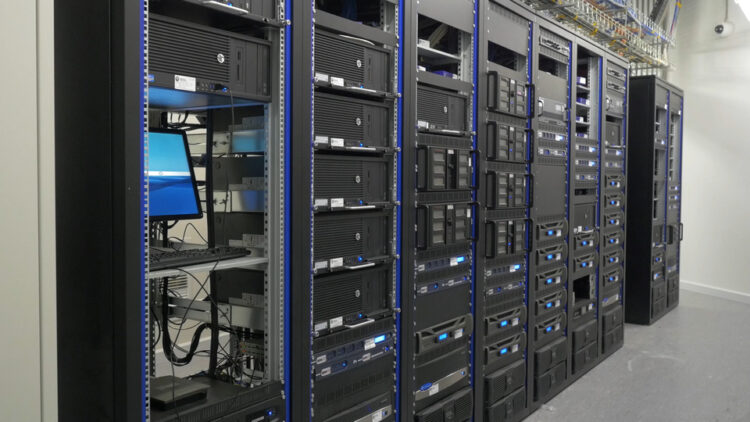Data Center Infrastructure Design’s Top 5 Practices – Part 1
A crucial but sometimes overlooked design aspect is the physical infrastructure needed for housing and interconnecting active equipment. The main components are the racks, cabinets, cabling, and cable management, which are essential for building an efficient, functional, and scalable data center.
Utilizing data center infrastructure design best practices as listed below can raise efficiency, increase functionality, allow for growth, and minimize downtime.
Prepare for Growth and Scalability
The technical demands on data centers are constantly growing as businesses become increasingly reliant on the Internet. Since floor space is typically limited and expensive, reserving empty floor space for future expansion is not cost-effective. A better strategy is optimizing available space through the installation of racks and cabinets that have the following features:
- Modular design capable of being easily moved, installed, and modified
- Increased weight limits for supporting new equipment
- Vertical growth accommodated by taller heights
- Several equipment depths accommodated by adjustable mounting rails
- Cable management solutions for MACs (moves, additions and changes)
- Overhead pathways can be easily integrated
High-Quality Cable and Connecting Hardware
One aspect often overlooked when building data centers is the need for high-quality cabling systems. Inferior cabling components combined with poor installation practices can reduce network performance and reliability, leading to costly and unexpected outages. Ensure that only cables and connecting hardware from reputable manufacturers providing extended warranty and initial design support are installed.
Emphasize Cabling Architecture
Active equipment in a data center is typically spread across multiple racks and cabinets and is often subdivided by function, department, and business group. Therefore, you must consider how to connect all these devices. It is not enough to simply calculate the number of connections required in each rack and cabinet and assume that the same number of copper and/or optical cables are provided.
The most common topologies for cable distribution and wiring equipment are Top of Rack (ToR), Middle of Row (MoR) and End of Row (EoR). Depending on the size, complexity, and specific requirements of the data center, these topologies can be used individually or together. However, they all have a significant impact on how and where the cables are installed, along with the size and type of cable management required in each cabinet and/or row of cabinets.
Part 2 will cover two more data center design best practices.
Progressive Office Cabling
Founded in 1986, Progressive Office’s success has been a direct result of years of commitment to seeking cost-effective solutions. Working together, Progressive teams are committed to getting your data cabling, access control, and telecom systems installed and operating while minimizing disruption and downtime. Call our toll free number (800) 614-4560 today.

